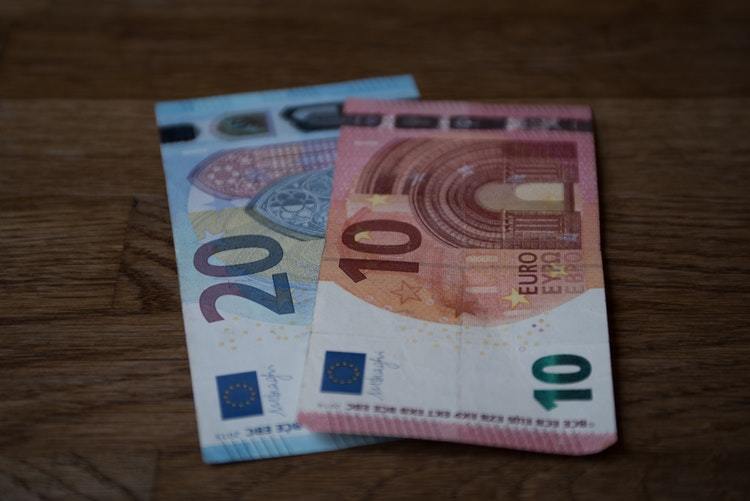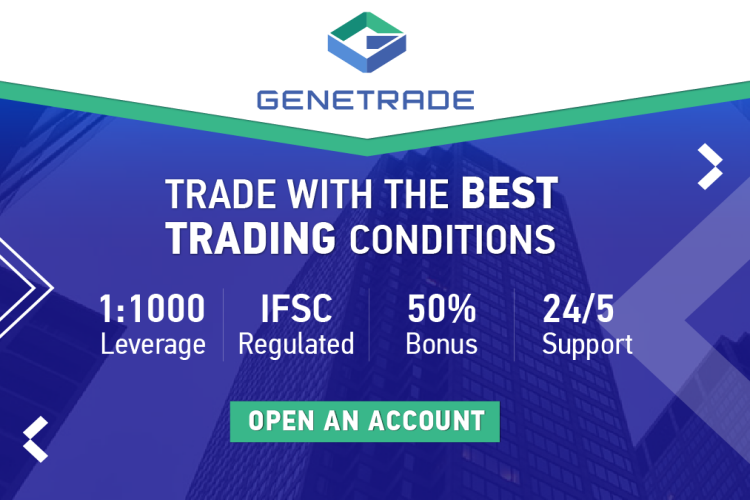The ECB Presser and What to Make out of It
Headquartered in Frankfurt, Germany, the European Central Bank (ECB) sets the monetary policy for one of the most popular currencies in Forex trading: the Euro. As the common currency for nineteen countries, the Euro is relatively new.

For its relatively small size when compared with other continents, Europe has numerous nations and nationalities. This proved to be a problem throughout history, both from an economic point of view and a political one.
Too many wars decimated Europe for ages. One of the reasons why the European Union was created was to bring stability to the region. And, from an economic point of view, to create a block that gives better deals in international treaties.
Today, the economies part of the Eurozone represents the second largest economy in the world, trailing only the United States. The European project resulted in a united continent, but also in an economic powerhouse, the envy of many other nations.
It all started in 1988 with the decision to create the Economic and Monetary Union (EMU). The idea was to have free movement of capital within Europe, common monetary authority and the same monetary policy across the Euro countries.
Easier to say than done. The economies differ. For ages, Nordic countries like Germany and the Netherlands have enjoyed more substantial growth rates than Southern nations like Italy, Spain or Greece.
For this reason, setting the same monetary policy to accommodate all economic conditions proved a hurdle for the ECB. Since its introduction in January 1999, the Euro is the common currency for over three hundred million people from nineteen different countries.
Hence, the ECB’s job to maintain price stability across all regions proves to be the most challenging of all central banks in the world. No other central bank faces the same issues as the ECB when setting the monetary policy.
For example, as Germany is the Eurozone engine, if it were to have its own currency, the interest rate for it would be much higher than the one for the Euro now. For this reason, few gave Eurozone and Euro a chance.
History didn’t help either. No monetary union had stood the test of time, as they all eventually collapsed.
Yet, the Euro today is the legal tender for the nineteen nations part of the Eurozone. And, it became a symbol of European integration and prosperity.

ECB Press Conferences in Forex Trading
The previous article showed why a central bank uses the forward guidance principle as one of the primary monetary policy tools. A press conference is part of that principle, and the ECB press conference is the one that sparks a lot of attention.
Perhaps it is because of the 2008 financial crises that affected the entire world and especially the Eurozone. The Euro was (and still is) young, and no one knew if it would survive its first international financial crisis.

The housing bubble in the United States quickly spread over the world, with victims as far as Ireland and Spain. Financial markets sold the Euro on expectations the ECB won’t be able to contain the risk.
Moreover, Greece almost broke the European Union and the Eurozone. Intense negotiations and endless European Summits held behind closed doors led to Forex trading to be a real adventure in those days.
But throughout all those bad times, one entity stood above all and did the job it was supposed to do: the ECB. And the best way to express its monetary policy was/still is its press conferences.
The ECB used to hold a monetary policy meeting every month. For years, every first Thursday of the month the ECB revealed the interest rate decision and the monetary policy for the month ahead.
And, after every meeting, a press conference would follow. For years, the week with the ECB interest rate decision and press conference was one of the busiest in Forex trading.
That was especially true as the meeting came one day before the NFP (Non-Farm Payrolls) release in the United States of America. Not anymore.
Following the Fed example, the ECB now meets every six weeks, not monthly. Right at the opening of the U.S. markets, the ECB announces the interest rate decision.
However, forty-five minutes later, the press conference takes all the attention. The ECB President reads the statement, which take about twenty minutes or so, and then press representatives from around the world ask questions.

Part of the forward guidance principle, the ECB press conference is a valuable communication tool. When the ECB wants to emphasize something and to leave no room for misinterpretation, it sometimes ads a few words to the interest rate announcement before the press conference.
For example, when the ECB lowered the interest rate into negative territory, it was a significant thing for financial markets. A central bank of its size to adventure in unprecedented monetary policy wasn’t something easy to announce.
As such, the ECB made a move but also announced that further easing measures were to be announced during the press conference. Just so the market participants wouldn’t overreact to the initial announcement, it calmed markets until it was able to give more details.
When compared with the FOMC Statement, the ECB doesn’t release the statement before the press conference. As such, the first part of the press conference is carefully scrutinized to see what kind of wording is used: hawkish, dovish, neutral, etc. And, what changes are, if any, when compared with the previous meeting.
The Euro pairs gyrate aggressively, on nothing at all. Even the slightest hints that inflation is on or off target, or that the GDP (Gross Domestic Product) increases or decreases are enough to see the Euro moving a few tens of pips in a blink of an eye.
For this reason, the first part of the ECB presser is one of the most volatile Forex trading environments. And then the questions and answers session starts.
The problem here is that no one knows the questions asked. Nor the answers.
Hence, it depends on how the President handles the situation, how the financial media reacts, how incisive the questions are, and so on. Plus, sometimes the financial media representatives ask questions they know the President can’t answer, but they still hope to get some kind of an answer (e.g., what do you think of the Euro’s strength?).
By the time the press conference ends, the Euro already did major damage on all charts. The ECB aims to create as little volatility as possible, but sometimes that’s just impossible in Forex trading.
Conclusion
The ECB press conference is the number one communication tool used to highlight the monetary policy in the Eurozone. Economists and ECB watchers monitor the changes in wording, tone, tonality, and so on, to interpret what the ECB wants to say.
When in doubt, press representatives ask questions. When the President feels the message is misunderstood, he/she spends more time answering a specific topic or subject.
If we are to put the economic events in the order of their importance in Forex trading, the ECB presser tops the list. Together with the Federal Reserve of the United States decision and press conference, it represents the one commercial release any Forex trader doesn’t want to miss.
For being on the wrong side of the market during the ECB press conference is an expensive mistake.


